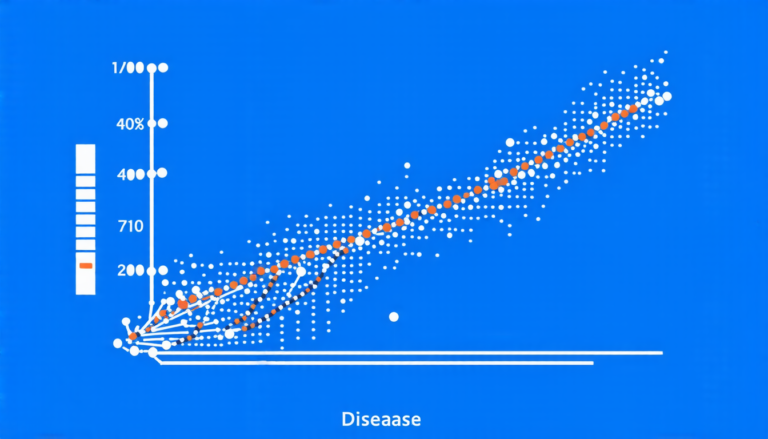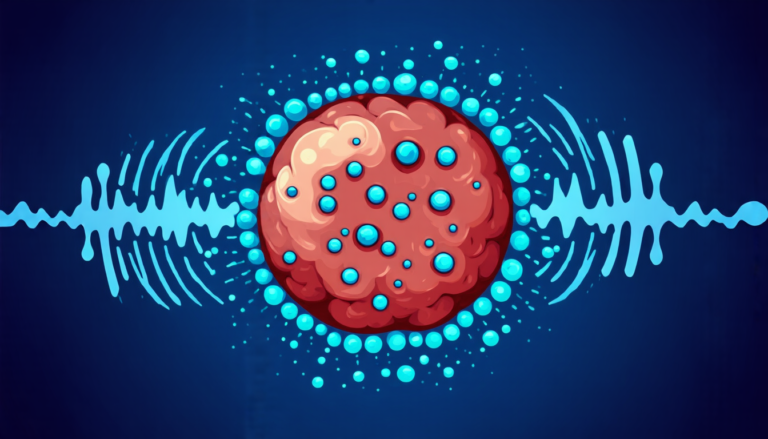Monday 07 April 2025
The pursuit of understanding the intricacies of wave equations has long been a cornerstone of mathematical research. In recent years, scientists have made significant progress in unraveling the mysteries of these complex systems, particularly when it comes to their behavior under certain conditions.
One area of focus has been the study of wave maps, which describe how waves propagate through space and time. These maps are crucial for understanding phenomena such as ocean waves, sound waves, and even gravitational waves. However, when dealing with high-energy situations, such as those found in astrophysical environments, these maps can become unstable, leading to chaotic behavior.
Researchers have long been fascinated by the phenomenon of blowup, where a solution to the wave equation suddenly becomes infinite in finite time. This seemingly paradoxical result has led scientists to re-examine their understanding of the underlying mathematics.
In recent years, advances in numerical analysis and computational power have enabled researchers to simulate complex systems with unprecedented accuracy. One such breakthrough came when scientists discovered that certain types of blowup could be stabilized by introducing small perturbations into the system.
This finding sparked a flurry of activity among mathematicians and physicists, who sought to understand the underlying mechanisms driving this stabilization. By analyzing the behavior of these perturbed systems, researchers uncovered a fascinating pattern: under certain conditions, even tiny distortions could lead to the emergence of stable solutions.
These findings have far-reaching implications for our understanding of complex systems. They suggest that even in chaotic environments, small changes can have a profound impact on the behavior of waves and other propagating phenomena. This realization has significant potential for applications across a range of fields, from meteorology to materials science.
In addition to these practical implications, the study of blowup and wave maps offers a unique window into the fundamental nature of space-time itself. By probing the limits of our current understanding, researchers can gain insights into the very fabric of reality.
As scientists continue to push the boundaries of mathematical knowledge, they are likely to uncover even more surprising phenomena waiting to be discovered. The study of wave equations and blowup may yet hold secrets that challenge our assumptions about the universe and its workings.
Cite this article: “Blowing Up in Higher Dimensions: A New Understanding of Wave Map Behavior”, The Science Archive, 2025.
Wave Equations, Wave Maps, Blowup, Chaos Theory, Numerical Analysis, Computational Power, Perturbations, Stability, Complex Systems, Space-Time.







